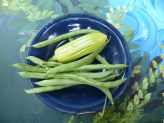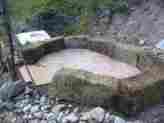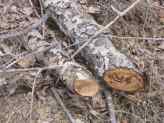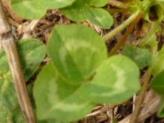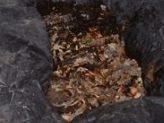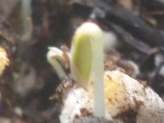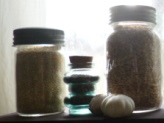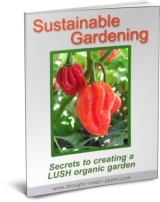Making a Dirty Bed
It's not as bad as it sounds, honest!
Jacki Cammidge is a participant in the Amazon Services LLC Associates Program, an affiliate advertising program designed to provide a means for sites to earn advertising fees by advertising and linking to amazon.com. Other links on this site may lead to other affiliates that I'm involved with, at no extra cost to you.
Making a dirty bed is one of the best ways to eliminate weeds right at the start; before you plant your vegetable garden.
Whether you're growing seeds sown right where they will grow, or transplanting vegetable starts, you should know about this way of stopping weeds before they begin to grow.
How do you do this? By allowing them to germinate, of course!
Weed seeds spread by the wind, or by leaving weeds to flower and set seed the previous year; the saying, one years seeding makes seven years seeding is true; not all seeds laid down by the weeds will germinate the following year.
Many can lay dormant for years until the conditions are just right.
So, get those conditions just right, let the seeds germinate, then kill them off by utilizing the weather.
Start making your dirty bed early in the spring; the best time is just before a good spring rain is forecast. The ground can be dug over, and raked out loosely.
Once the rain starts those little weed seedlings popping up, wait until a nice warm day, with good sunshine. Then, rake the soil so that the seedling weeds are uprooted and lay on the surface of the soil, and will bake in the sun.
You may have to repeat this process a couple of times before planting your vegetables, but it's worth the wait; without the competition from the weeds, the vegetables will get going quickly and shade the soil, preventing another crop from germinating.
Alternatively, wait for the weeds to germinate, then cover the bed completely with black plastic, and solarize it for a week or two.
This technique is also referred to as 'stale bed' and the best book on the topic that gives a good background of why and how is
here
.
To find out more about my secret method of insulated worm farming, sign up for the Composting E-Course (your free bonus when you subscribe to Out in the O-Garden Newsletter).
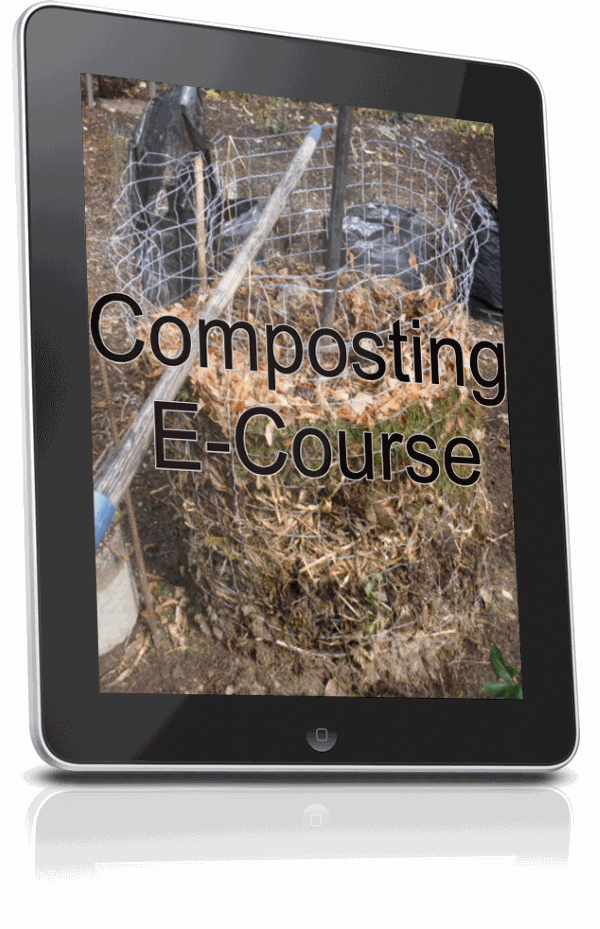 Composting E-Course - sign up here
Composting E-Course - sign up here
Get the free Composting E-Course delivered right to your inbox and learn tips and tricks to get your compost to work the first time.
Get started now; fill out the form;

